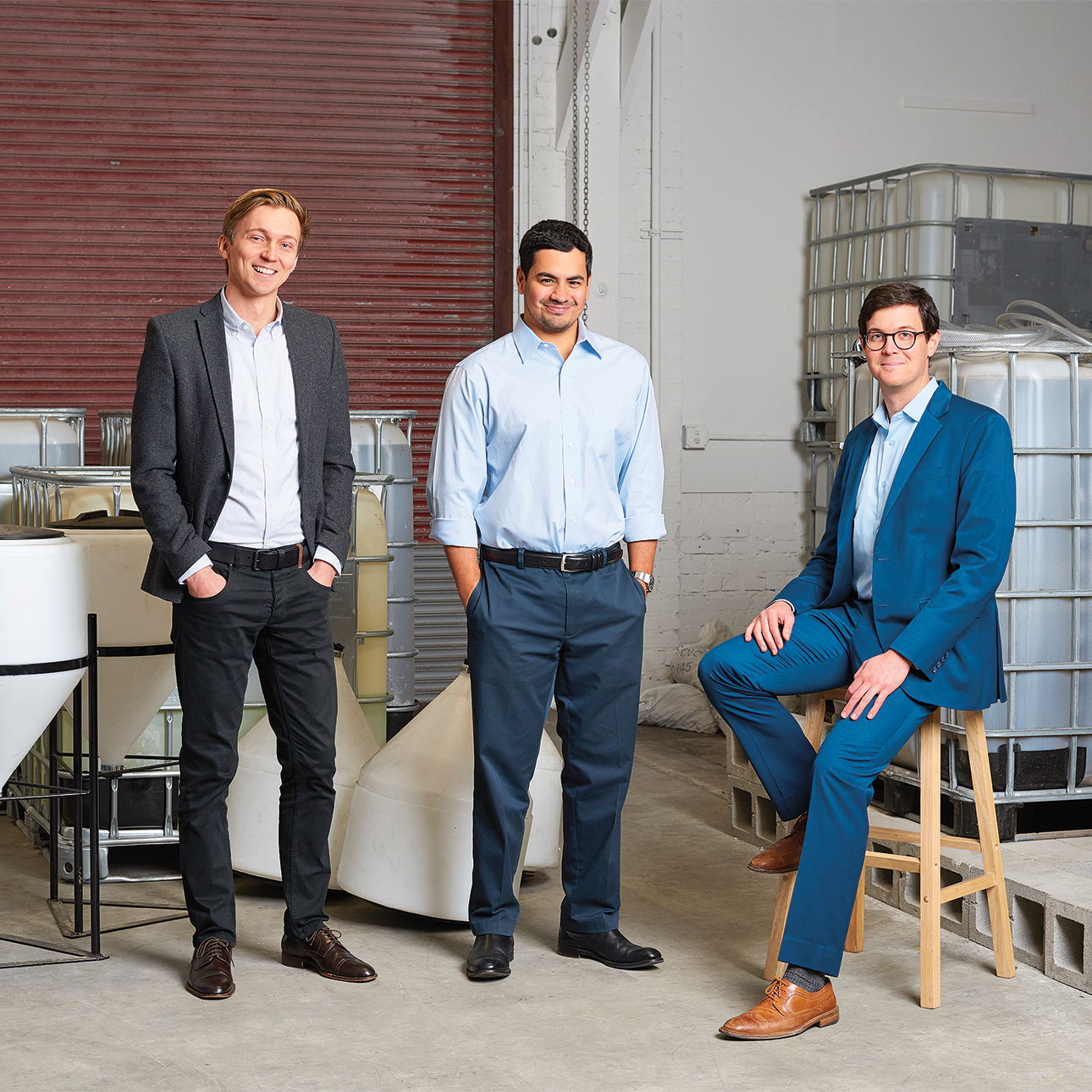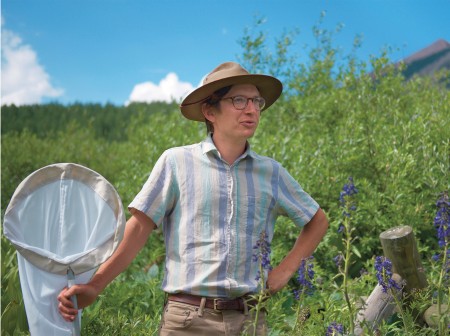What makes lithium such an important material for batteries?
Lithium is the lightest metal on the periodic table and can charge quickly into a variety of electrode materials, making it uniquely valuable for batteries. If we made a top-five list of the world’s best batteries, lithium is the key element in every one. That’s why lithium dominates every kind of high-performance battery, from electric vehicles to portable electronics. Demand for lithium continues to increase as electric vehicles offer stunning performance and become cost competitive.
What makes lithium so hard to procure?
Most of the world’s lithium is found in the brine deposits underneath salt flats. This salty water contains 0.1% lithium at best, and the remaining 99.9% is low-value salts and water. Currently, to extract that lithium, you need to evaporate everything around it using ponds. Not only do these types of projects leave a massive footprint and affect nearby water resources, they can take 10 years to develop and, at best, capture only 50% of the lithium available. The whole process is antiquated, inefficient and unsustainable.
How does Lilac Solutions solve the lithium-supply problem?
Lilac’s solution eliminates the need for new evaporation ponds. Instead, Lilac offers a new ion-exchange system capable of extracting 80% of available lithium in a matter of hours, versus years, with a footprint 1,000 times smaller than ponds. Our customers fall into three groups: existing lithium producers looking to expand their operations, existing salt producers seeking to recover lithium for the first time, and new lithium companies. We’re currently building pilot modules that we’ll deploy in the U.S. and South America beginning this year.
Why did you choose clean energy as a career path?
I did my undergrad work in biochemistry, but I saw climate change as this huge global challenge that was about to shape the next century. I knew I wanted to be involved in creating solutions.
How did Northwestern prepare you for your life now?
First of all, I couldn’t have picked a better program or research group — the Wolverton group — for the materials science training that I use every day. Second, the opportunities offered through the Institute for Sustainability and Energy (ISEN) to take energy seminars, learn directly from energy professionals and take classes that provided insights on the industry prepared me to start this business. I co-founded Lilac after taking the NUvention: Energy course offered through ISEN and the Farley Center for Entrepreneurship, and that experience gave me the business skills, network and confidence to move forward with the company. We also have two other Northwestern engineers on our team — a materials engineer, Garrett Lau ’18 PhD, and a chemical engineer, Nicolás Grosso Giordano ’13. Northwestern empowered me to fully dive into the energy ecosystem, see every angle of the battery supply chain and turn this vision for Lilac into reality.
Interview by Monika Wnuk ’14 MS, ’19 MS.




Reader Responses
What a great article! Dave and his team do such important work.
—Mike McMahon Chicago, via Northwestern Magazine
No one has commented on this page yet.
Submit a Response